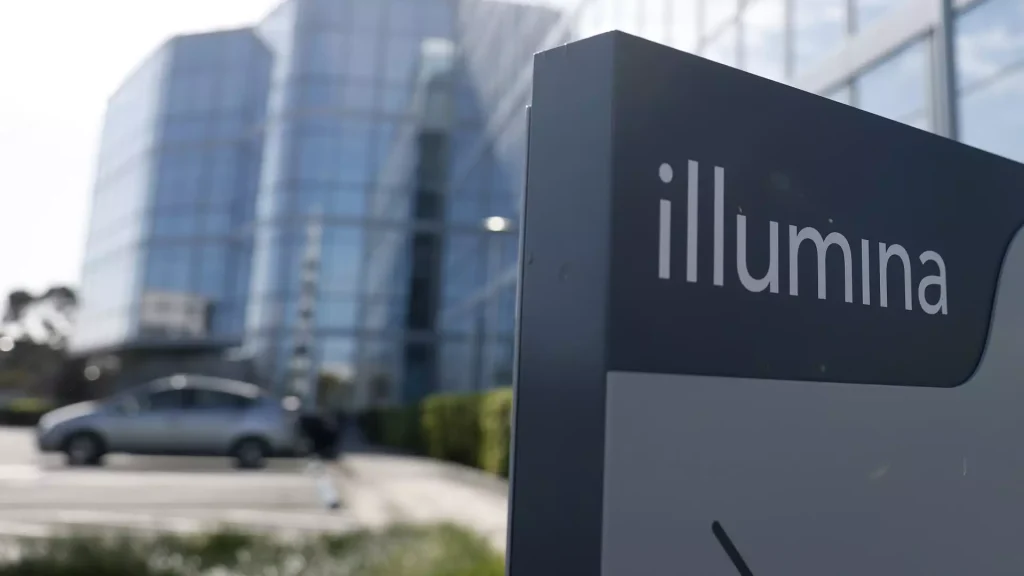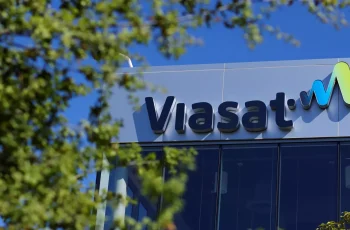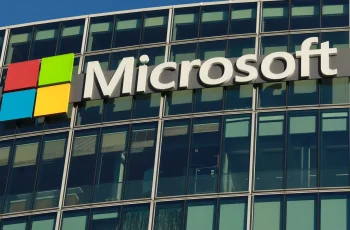Illumina, once a beacon of innovation in genomic sequencing, has faced a tumultuous journey rife with challenges and setbacks. Initially, the company capitalized on the explosive demand for genomic testing during the COVID-19 pandemic, propelling its revenue to impressive heights—from $3.2 billion in 2020 to $4.5 billion in 2021. This performance was underpinned by a robust EBITDA increase and a record stock price peaking at $511 per share. However, since then, the narrative has shifted dramatically, revealing how a single strategic misstep can unravel years of hard-won success.

The core of Illumina’s collision course lies in its handling of the Grail business—a cancer detection startup that was birthed within its own ranks. The firm initially spun off Grail, only to reacquire it for a staggering $8 billion in 2021. The move was not without controversy, as it faced heavy scrutiny from regulatory bodies like the Federal Trade Commission and the European Commission, leading to a significant fine and operational disruptions that have stunted growth.
The Grail Debacle: A Lesson in Excess
Illumina’s acquisition of Grail serves as a cautionary tale exemplifying the pitfalls of excessive ambition. Reacquiring a subsidiary that was spun out—while enticing—proved to be a costly maneuver that ultimately diverted focus from Illumina’s core sequencing technology. The company’s valuation plummeted from an all-time high of $70 billion to a mere $12.67 billion, reflecting a market increasingly skeptical of Illumina’s strategic direction and operational efficiency.
With Grail’s integration linked to various geopolitical and regulatory challenges, Illumina encountered an uphill battle. The subsequent decision to re-spin Grail in June 2024, under pressure from activist investors like Carl Icahn, came too late to prevent significant reputational and operational damage. Although it marked a resolution, the fallout continues to cast a shadow over Illumina’s prospects, emphasizing the fragile nature of biotech ventures amidst regulatory scrutiny.
Market Dynamics and Competitive Pressures
In addition to internal mismanagement, external factors further complicated Illumina’s recovery. The rapidly evolving nature of the biotech landscape—characterized by aggressive competition and emerging technologies—put immense pressure on the company’s once-dominant market position. Illumina, which historically enjoyed over 80% control of the global sequencing market, is now facing threats from nimble startups that are looking to carve their niche through innovative technologies and cost-effective approaches.
Compounding these woes are geopolitical issues that have hindered the company’s operations in key markets like Russia and China. The uncertainty surrounding biotech funding and the National Institutes of Health has only compounded the unease, leaving stakeholders worried about future growth prospects.
Leadership Changes and Their Implications
In a bid to stabilize and rejuvenate the company, Illumina has undergone significant leadership shifts. The appointment of Keith Meister from Corvex Management to the board, alongside Scott Gottlieb as non-executive chair, reflects a strategic pivot aimed at restoring investor confidence. Meister’s pedigree in driving value at major firms like Biogen and Yum Brands positions him as a crucial asset during this transitional phase.
However, the challenge lies in managing expectations during a pivotal technology transition to the NovaSeq X sequencing technology. While this evolution is critical for long-term growth, it is likely to exert short-term pressure on revenue, an unsettling prospect for a firm still rekindling investor trust. The delicate act of innovation, especially in a field as competitive as biotech, underscores the importance of decisive and forward-thinking leadership.
Future Outlook: Is Resilience Possible?
As Illumina navigates through its myriad challenges—stemming from missteps, market competition, and leadership reshuffling—the possibilities for a resurgence remain. A streamlined business model focused on innovative gene-sequencing technology coupled with a robust leadership team could position the company favorably in the long run.
Investors should remain vigilant regarding the imminent challenges, particularly as Illumina transitions to new technology and works to stabilize its finances post-Grail. The firm’s razor-and-blade business model, where high-margin consumables drive recurring revenues, provides a potentially stabilizing revenue stream that could shepherd the company back to its former glory.

Despite the daunting landscape ahead, Illumina’s rich history of innovation offers a glimmer of hope. The question remains whether effective, focused leadership can harness this potential amid the turbulence of the current biotech environment, steering the company towards a more secure and profitable future.

